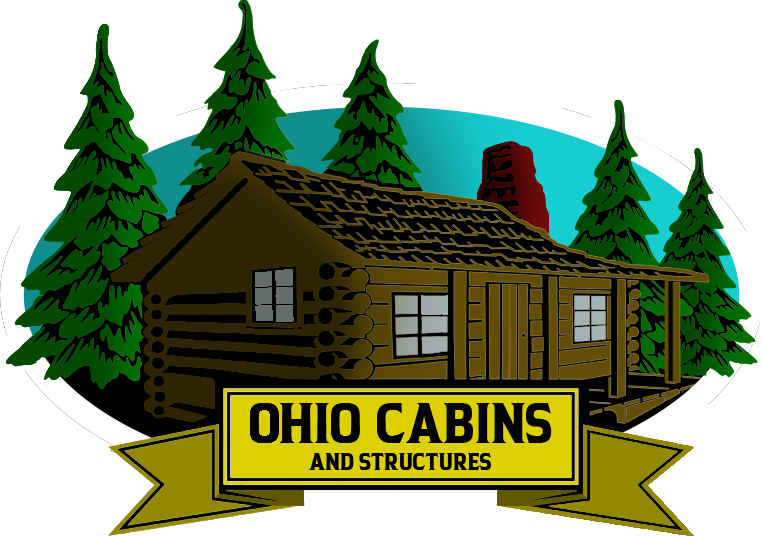Prefab construction, short for prefabricated construction, is an innovative and efficient method of building that has gained significant popularity in recent years. Unlike traditional construction, which occurs entirely on-site, prefab construction involves assembling components of a building in a controlled factory environment and then transporting those components to the final location for assembly. This method offers numerous advantages, including reduced construction time, cost savings, and greater precision in design and execution.
At Ohio Cabins & Structures, we specialize in prefab construction, offering high-quality, customizable cabins, homes, and other structures. This article will provide a comprehensive overview of prefab construction, explaining how it works, the different types, its benefits, and why it might be the perfect solution for your next building project.
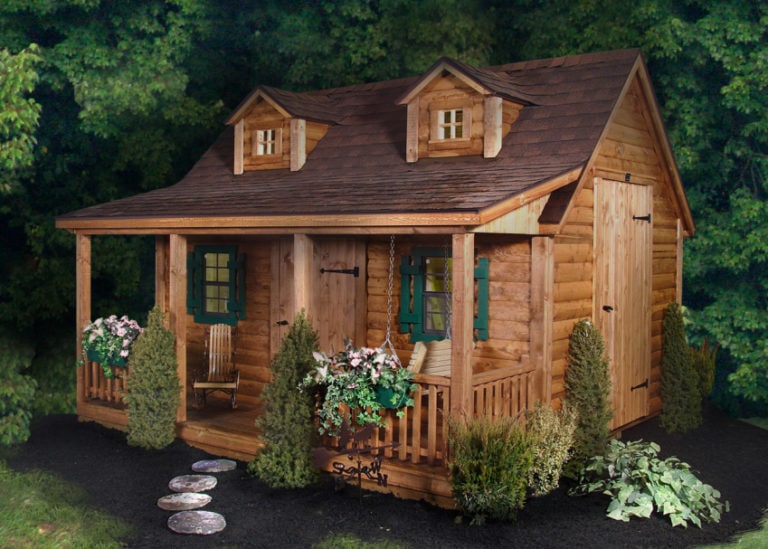
1. How Does Prefab Construction Work?
Prefab construction is a streamlined process that involves building sections of a structure, known as modules, in a factory. These modules can range from complete rooms to individual walls, depending on the design and requirements of the project. Once the modules are completed, they are transported to the construction site, where they are assembled like pieces of a puzzle to form the final structure.
The process of prefab construction can be broken down into several key steps:
a. Design and Planning
The first step in prefab construction is design and planning. Architects and engineers work closely with clients to develop a detailed plan for the structure. This includes everything from the layout and dimensions to materials, finishes, and energy efficiency considerations. Once the design is finalized, the plan is sent to the factory for production.
b. Factory Construction
In the factory, each module is constructed in a controlled environment. This approach eliminates many of the variables that can cause delays in traditional construction, such as bad weather or site conditions. The factory environment also allows for greater precision in construction, ensuring that each module is built to exact specifications.
c. Transportation
Once the modules are completed, they are transported to the construction site. This typically involves using large trucks or flatbed trailers to move the prefabricated components to their final destination. Care is taken during transportation to protect the modules from damage.
d. On-Site Assembly
At the construction site, the modules are assembled and connected to form the final structure. This process is significantly faster than traditional construction since the bulk of the work has already been completed in the factory. Once assembled, finishing touches such as roofing, siding, and interior details are added.
e. Inspection and Finalization
The final step is inspection and finalization. Local building inspectors ensure that the prefab structure meets all relevant building codes and regulations. Once approved, the building is ready for occupancy.
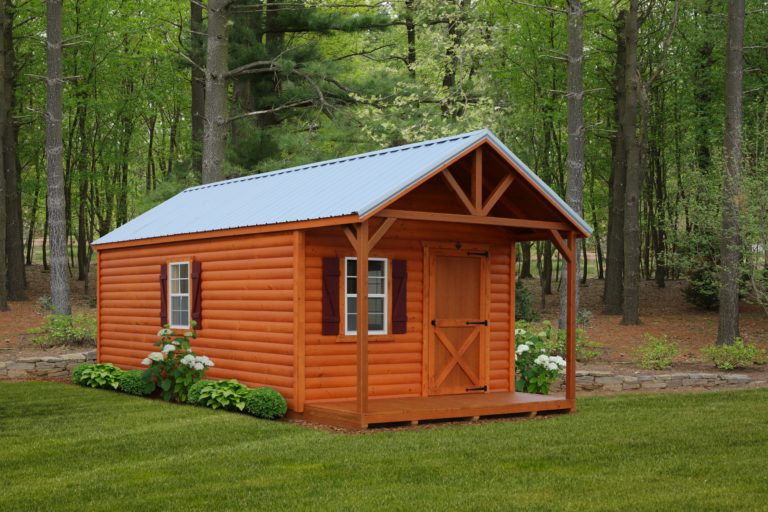
2. Types of Prefab Construction
Prefab construction comes in several forms, each suited to different types of projects. At Ohio Cabins & Structures, we offer a range of prefab building options, allowing clients to choose the solution that best meets their needs.
a. Modular Homes
Modular homes are one of the most popular types of prefab construction. These homes are built in sections, or modules, in a factory and then assembled on-site. Modular homes are constructed to the same building codes and standards as traditional site-built homes, making them a durable and reliable option for permanent housing.
b. Panelized Homes
Panelized homes are another form of prefab construction. In this method, individual wall panels are built in a factory and then assembled on-site. While this method requires more on-site work than modular construction, it still offers significant time and cost savings compared to traditional construction.
c. Tiny Homes and Cabins
Prefab construction is also widely used for tiny homes and cabins. These smaller structures are often built entirely in a factory and transported to the site in one piece. Tiny homes and prefab cabins are ideal for those looking for an affordable and eco-friendly housing solution.
d. Manufactured Homes
Manufactured homes, sometimes referred to as mobile homes, are built entirely in a factory and transported to their final location. While they are often less expensive than modular homes, they are built to a different set of standards and may not have the same longevity as other types of prefab construction.
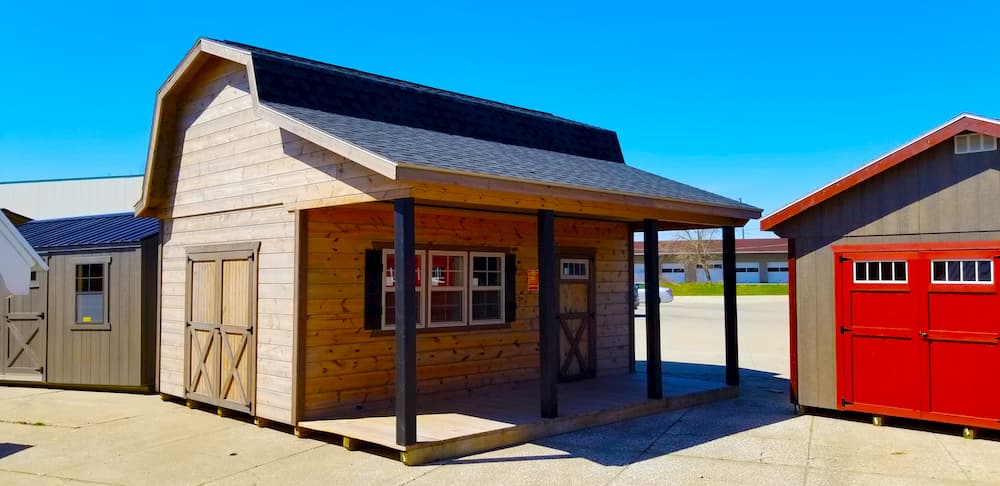
3. Benefits of Prefab Construction
Prefab construction offers numerous benefits over traditional building methods, making it an attractive option for many homeowners and developers. Some of the key advantages include:
a. Reduced Construction Time
One of the biggest advantages of prefab construction is the speed at which projects can be completed. Since much of the construction work is done in a factory, the on-site assembly process is significantly faster than traditional construction. This is particularly beneficial for projects that are on tight deadlines or in locations with harsh weather conditions that could delay traditional construction.
b. Cost Savings
Prefab construction can also be more cost-effective than traditional building methods. The controlled factory environment allows for greater efficiency in materials usage and labor, reducing waste and cutting costs. Additionally, the faster construction time means lower labor costs overall.
c. Quality Control
Because prefab components are built in a factory, they are subject to rigorous quality control checks. This ensures that each module is constructed to exact specifications, reducing the likelihood of errors or defects. The controlled environment also protects the building materials from exposure to the elements, which can lead to warping or damage in traditional construction.
d. Customization
Contrary to popular belief, prefab construction offers a high degree of customization. Clients can choose from a wide range of floor plans, materials, and finishes to create a structure that meets their specific needs and aesthetic preferences. At Ohio Cabins & Structures, we work closely with clients to design custom prefab homes and cabins that reflect their vision.
e. Eco-Friendly Building
Prefab construction is often more environmentally friendly than traditional building methods. The factory environment allows for more efficient use of materials, reducing waste. Additionally, many prefab homes are designed with energy efficiency in mind, incorporating features such as insulated walls, energy-efficient windows, and solar panels.
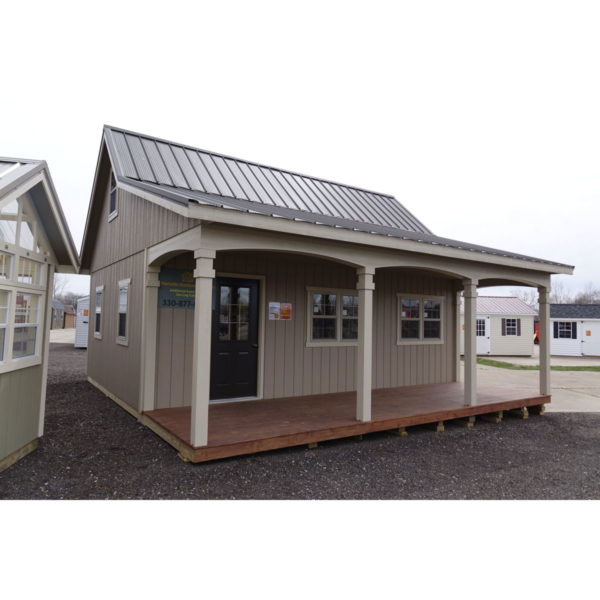
4. Common Misconceptions About Prefab Construction
Despite its many advantages, prefab construction is sometimes misunderstood. Let’s address some common misconceptions:
a. “Prefab Homes Are Low-Quality”
One of the most persistent myths about prefab homes is that they are of lower quality than traditional homes. In reality, prefab homes are built to the same standards and codes as site-built homes. In fact, the factory environment allows for greater precision and quality control, ensuring a well-constructed home.
b. “Prefab Homes All Look the Same”
Another misconception is that prefab homes lack variety in design. While early prefab homes were often uniform in appearance, modern prefab construction offers a wide range of styles and customization options. Whether you’re looking for a sleek modern home or a rustic cabin, prefab construction can deliver.
c. “Prefab Homes Don’t Last as Long”
Prefab homes are built to last, often matching or exceeding the longevity of traditional homes. When properly maintained, a well-built prefab home can last for decades, providing a durable and reliable housing solution.
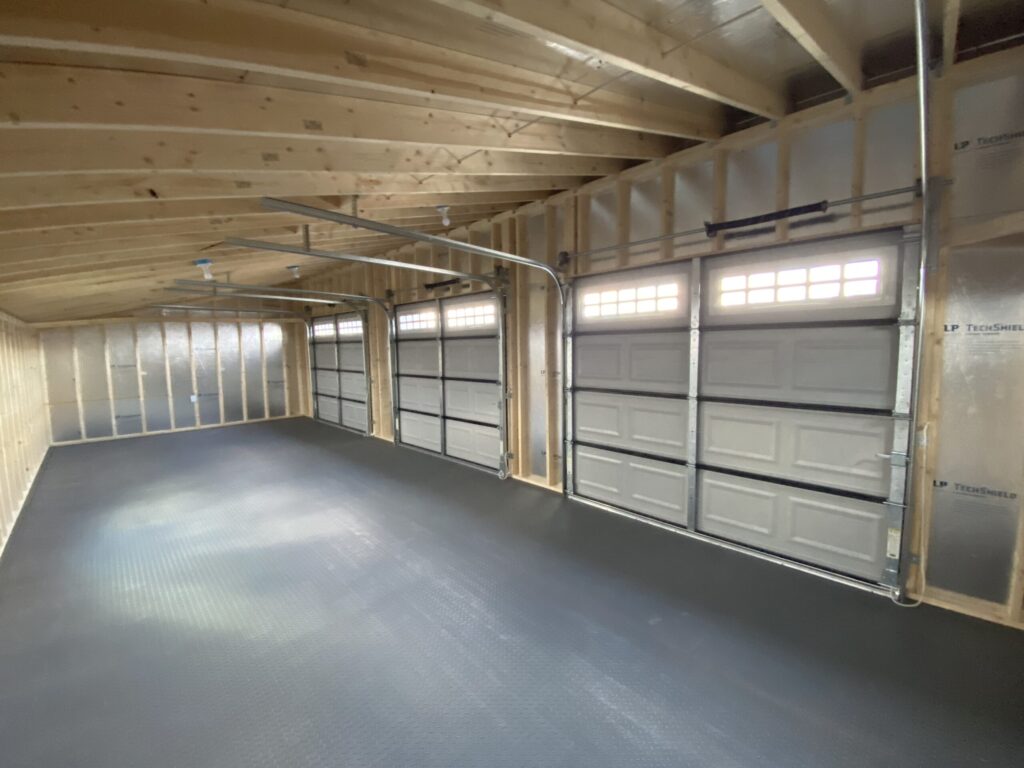
5. Why Choose Ohio Cabins & Structures for Prefab Construction?
At Ohio Cabins & Structures, we are committed to providing high-quality prefab homes and cabins that are built to last. Our team of experienced professionals works closely with clients to design and build custom prefab structures that meet their needs and exceed their expectations. With a focus on craftsmanship, durability, and customer satisfaction, we have become a trusted name in the prefab construction industry.
Whether you’re looking for a cozy cabin, a spacious family home, or a tiny house, Ohio Cabins & Structures has the expertise and resources to bring your vision to life. We use only the best materials and adhere to strict quality control standards to ensure that every prefab building we construct is built to last.
Conclusion
Prefab construction is an innovative and efficient building method that offers numerous advantages over traditional construction. With faster construction times, cost savings, and high-quality craftsmanship, prefab homes are an excellent option for those looking for a durable and customizable housing solution. If you’re considering a prefab home or cabin, Ohio Cabins & Structures is here to help guide you through the process and deliver a home that you’ll love for years to come.
